It has been reported by CanonRumors that there is a high possibility that Canon will reveal an enhanced version of its DSLR flagship EOS-1D X Mark II in early 2020, titled as EOS-1D X Mark III. We’ve made a short list of features that we’d like to see at this new model.
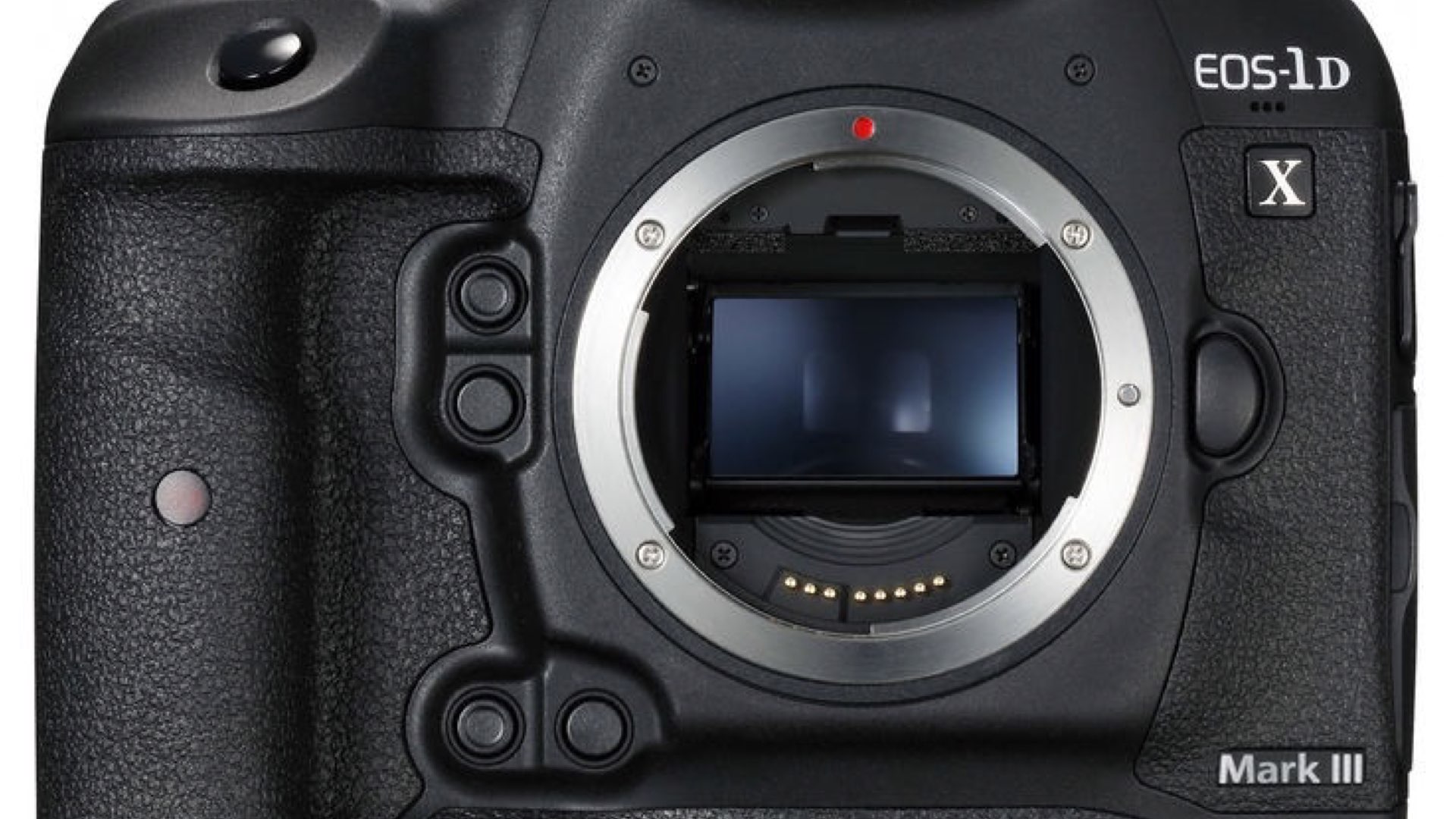
A controversial flagship for videos applications
The Canon EOS-1D X Mark II is a very contentious camera. First and foremost, it’s an excellent photo camera. There is no doubt about that. It produces fantastic videos, as well. The question was (and still is) if it’s good enough for the filmmaking industry. The straight answer is no. It’s not a satisfying video solution for professionals. Don’t get me wrong. I’ve used this camera only for videos when I was a junior filmmaker. But now, I need more than just beautiful imagery.
A magnesium beast
The Canon EOS-1D X Mark II is a beast, built like a tank, Super durable. Much more reliable than Canon’s cinema line. However, there are some decent cons related to filmmaking capabilities.
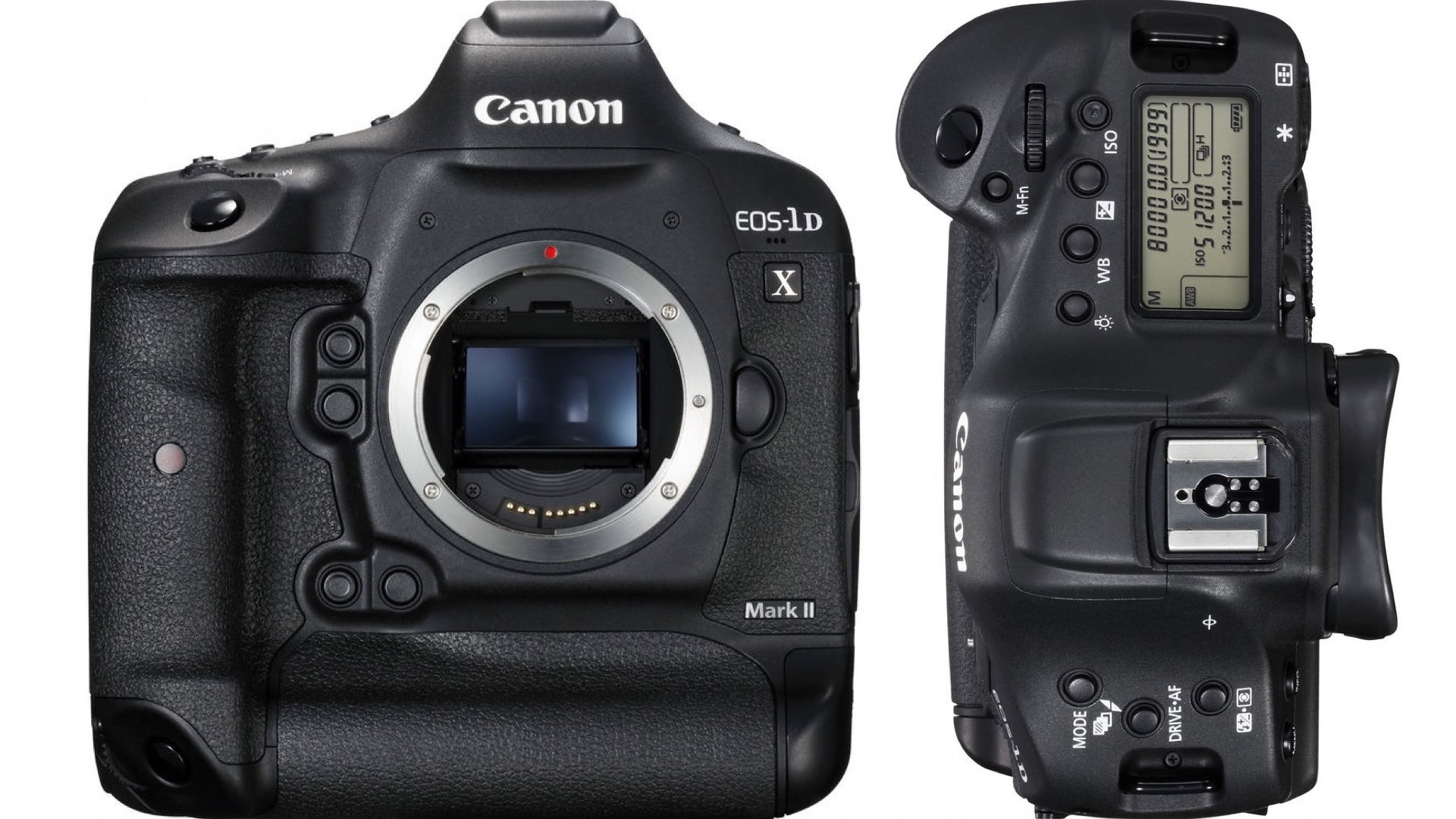
Canon EOS-1D X Mark II major cons (regarding video capabilities):
- 8-bit color depth
- Limited dynamic range (about 11 stops)
- Lack of flat and grading friendly picture profile
- Limited HDMI output
- Crop factor when recording in 4K
Photo camera with a ton of potential for cinema applications
Canon ESO-1D X Mark II is one of the most intuitive filmmaking tools out there. As said, it produces stunning videos. The best of Canon’s color science pops out of the 1D X Mark II. Furthermore, the ergonomics is just fantastic. The touch screen allows you to pick the desired focus point. Paired with Canon’s unique and advanced autofocus technologies, focus pulling is a no brainer, even when your shooting is dynamic, and objects are moving fast. Nevertheless, professional filmmakers need more than that.

Features we’d like to see in Canon EOS-1D X Mark III
10 – bit color depth
The color grading is an integral part of the filmmaking process. Although 1D-X Mark II produces jaw-dropping imagery, we still need the ability to make adjustments and adaptations in post. Of course, you can grade 8-bit images, but those tend to fall apart pretty quickly. In most of the cases, 1D X Mark II shooters use the videos straight from the camera without exporting them to Resolve. There is no point for LUT-ing and heavy grading. Thus 10 bit and higher is needed.
More dynamic range
The 1-D X Mark II suffers from a relatively low dynamic range for its price point. Eleven stops are not enough anymore, as other options offer above 14 stops. We’d appreciate more DR in the next 1- D X Mark III.
Full frame video – full sensor readout
That might be the most crucial feature we’d like to see in the 1-D X Mark III. No cropping in 4K video mode. It will allow us to shoot 4K by utilizing the whole sensor. With the elevating trend of large-format cinematography, it will be absurd not to use this full frame sensor.

Final thoughts
As the rumors indicate, the Canon 1D X Mark III is out in the world for testing. Hopefully, we’ll get a much-improved version of the DSLR flagship, that will grant filmmakers a real professional cinema solution. Of course, for Canon developing such a camera without cannibalization of its cinema line, it’s not an easy task. Nevertheless, many filmmakers will appreciate this kind of product: a video camera that can shoot stills, and not a stills camera that can shoot videos.
What do you think? Would you pay $5,000 for such a camera? Comment below.




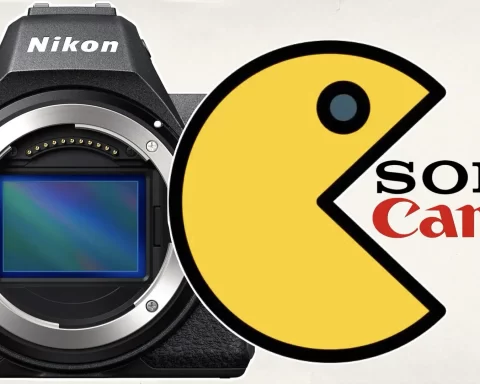


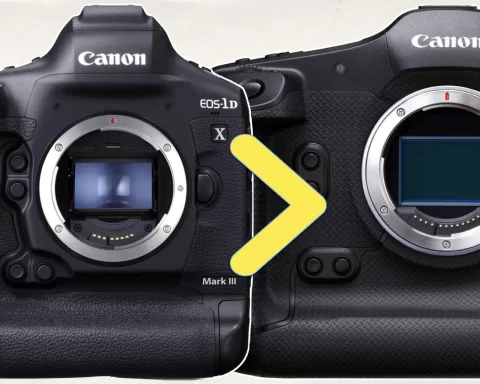

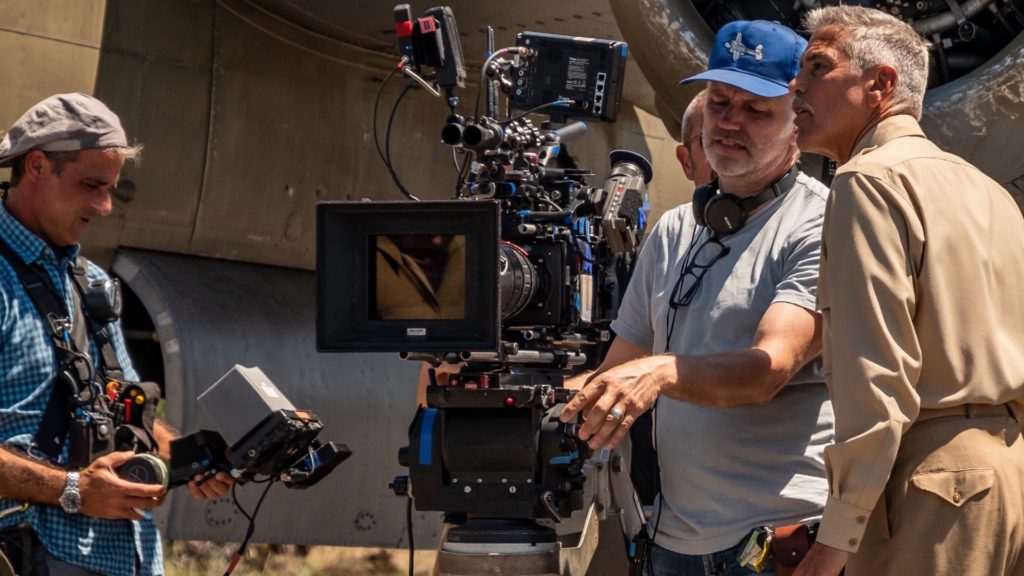








[…] of this DSLR. So what are the video capabilities of the 1D X Mark III? We’ve written an article regarding what we want to get from this beast compared to older 1D X models. Basically, there were […]